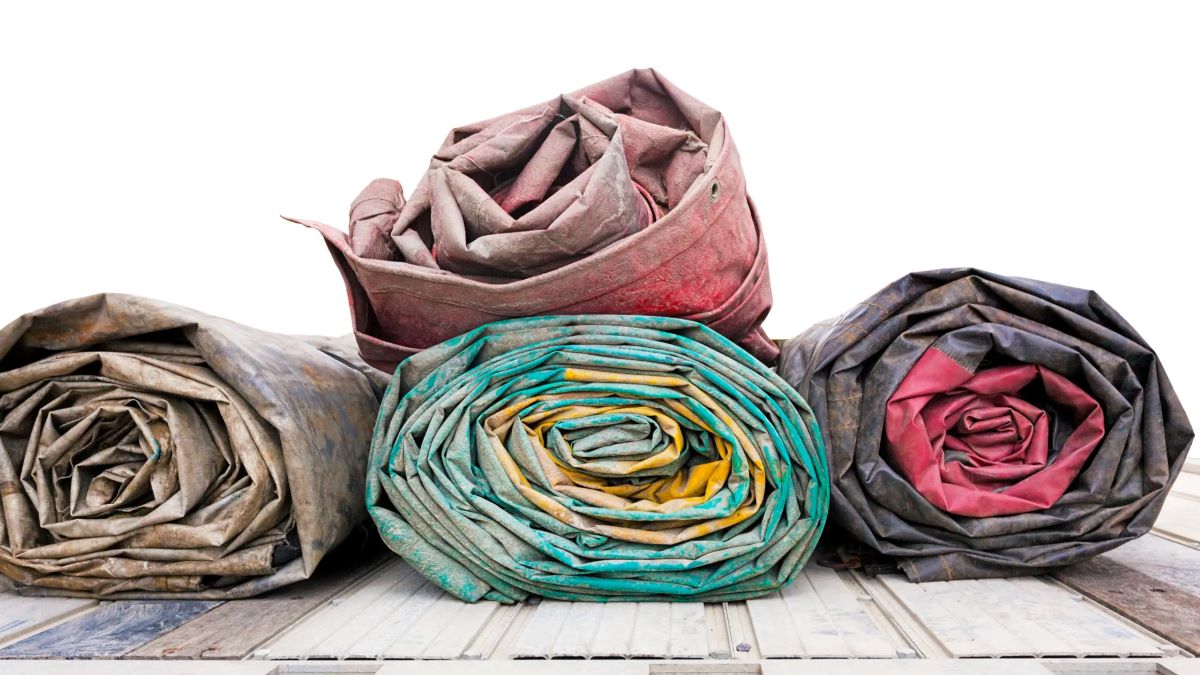

Articles
How To Store Tarps
Modified: January 6, 2024
Learn how to properly store tarps with these helpful articles. Keep your tarps clean and in good condition for long-lasting use.
(Many of the links in this article redirect to a specific reviewed product. Your purchase of these products through affiliate links helps to generate commission for Storables.com, at no extra cost. Learn more)
Introduction
Welcome to the ultimate guide on how to store tarps! Tarps are versatile tools that can be used for a variety of purposes, from protecting your belongings during transportation to creating a temporary shelter while camping. However, to ensure the longevity and effectiveness of your tarps, proper storage is essential.
Improperly stored tarps can become damaged, torn, or infested with pests, rendering them useless and requiring you to replace them sooner than anticipated. In this article, we will guide you through the step-by-step process of storing tarps correctly, keeping them in pristine condition for future use.
Whether you’re a homeowner, an outdoor enthusiast, or a professional who frequently uses tarps, the information provided here is valuable for all. So, without further ado, let’s dive into the world of tarp storage and learn how to keep your tarps in top-notch shape!
Key Takeaways:
- Properly storing tarps is essential for maintaining their longevity and effectiveness. Consider factors like protection from the elements, cleaning and drying techniques, and pest prevention to ensure your tarps remain in excellent condition.
- Regular maintenance and inspection of your tarps can help identify and address any signs of damage, prolonging their lifespan and ensuring they are always ready for use. Stay proactive in caring for your tarps to maximize their durability.
Read more: How To Tarp A Chimney
Choosing the Right Storage Location
When it comes to storing your tarps, the first and most important step is to select the right storage location. Here are factors to consider and ideal storage conditions:
- Protection from the Elements: It’s crucial to choose a storage location that provides adequate protection from the elements. Tarps are designed to withstand harsh weather conditions, but prolonged exposure to direct sunlight, rain, or extreme temperatures can degrade their durability over time. Look for a place that offers shelter and minimizes direct exposure to these elements.
- Adequate Space: Make sure the storage location provides enough space to accommodate your tarps without being folded or compressed tightly. Proper airflow is essential to prevent moisture buildup, mold growth, and mildew formation.
- Accessibility: Consider the accessibility of the storage location. You want a place that allows you to easily retrieve and store your tarps without hassle. Ensure that it’s convenient and doesn’t require any excessive effort or time.
- Cleanliness: The storage area should be clean and free from debris, dirt, and pests. Any contaminants or insects present can damage your tarps and render them unusable. Regular cleaning and maintenance of the storage space are necessary to create an environment that is safe and conducive for tarp storage.
- Temperature and Humidity: Aim for a storage location with stable temperature and humidity levels. Extreme temperature fluctuations and high humidity can cause condensation, leading to mold and mildew growth on your tarps. Ideally, the storage area should have moderate temperatures and a humidity level below 60%.
By considering these factors and ensuring ideal storage conditions, you can significantly prolong the lifespan of your tarps and maintain their efficacy for when you need them next.
Cleaning and Drying Tarps
Properly cleaning and drying your tarps before storage is vital to prevent dirt buildup, mold growth, and foul odors. Here’s why it’s important and how to clean and dry your tarps effectively:
- Importance of Proper Cleaning: Over time, tarps accumulate dirt, stains, and debris from various outdoor activities. Leaving these contaminants on the tarp can lead to deterioration and compromises their functionality. Cleaning them ensures they are ready for use when needed and prevents any potential damage.
- Methods for Cleaning Tarps: The cleaning method you choose depends on the type of material your tarp is made of. For most tarps, mild soap or detergent and warm water are usually sufficient. Gently scrub the surface with a soft brush or cloth to remove any stains or dirt. Rinse thoroughly and allow the tarp to dry completely before storage.
- Drying Techniques: Proper drying is essential to prevent mold and mildew growth. Hang your tarps in a well-ventilated area or lay them flat on a clean surface. If possible, let them dry in direct sunlight, as UV rays help kill bacteria and inhibit mold growth. Avoid folding or storing damp tarps, as this can lead to permanent damage or odor formation.
It’s worth mentioning that some tarps may have specific cleaning instructions based on their material. Always refer to the manufacturer’s guidelines before cleaning your tarps to avoid any potential damage.
By following these cleaning and drying techniques, you can maintain the quality and cleanliness of your tarps, ensuring they are ready for use whenever you need them.
Folding Techniques
Properly folding your tarps is crucial to prevent damage, creases, and unnecessary wear and tear. Here’s why it’s important and step-by-step folding instructions:
- Proper Folding to Prevent Damage: Improperly folded tarps can become tangled, leading to tears, fraying, and difficulty when you need to use them. By folding them correctly, you can minimize the risk of damage and ensure that they remain in good condition for longer periods.
- Step-by-Step Folding Instructions: Follow these simple steps to fold your tarps properly:
- 1. Lay the tarp on a clean, flat surface. Remove any debris or dirt.
- 2. Fold the tarp in half lengthwise, bringing one end to meet the other.
- 3. Fold the tarp in half widthwise, bringing one side to meet the other.
- 4. Continue folding in half lengthwise or widthwise, depending on the desired size of the folded tarp.
- 5. If your tarp has grommets or eyelets, fold it in a way that these features are on the outside or facing upward. This will make it easier to attach or hang the tarp when needed.
Remember that tarps come in various sizes, so adjust the folding instructions accordingly. The goal is to create a compact and neat fold that is easy to store and retrieve when necessary.
By implementing these folding techniques, you can ensure that your tarps remain organized, protected, and ready for use whenever you require them.
Storing Tarps in Containers
Using containers to store your tarps offers several benefits, including protection from dust, pests, and moisture. Here’s why containers are advantageous, the types of containers to consider, and tips for organizing your tarps within containers:
- Benefits of Using Containers: Storing tarps in containers helps keep them clean and free from dust, dirt, and debris. It also provides an extra layer of protection against pests like rodents and insects that could damage or infest your tarps. Additionally, containers offer a convenient and organized storage solution, allowing easy access to specific tarps when needed.
- Types of Containers to Consider: When selecting containers for tarp storage, consider the material, size, durability, and airtightness. Options include plastic bins, storage totes, duffel bags, or even large garbage bags for smaller tarps. Opt for containers with sturdy construction and secure lids to ensure proper protection.
- Organizing Tarps within Containers: To maximize space and organization within the containers, consider the following tips:
- 1. Fold tarps neatly and uniformly before placing them in the containers.
- 2. Stack smaller tarps on top of larger ones to save space.
- 3. Use dividers or cardboard sheets to create sections within the container, separating different sizes or types of tarps.
- 4. Label the containers or use clear containers to easily identify the contents without opening them.
- 5. Keep tarps that are frequently used or needed together in separate containers for easy access.
By storing your tarps in containers, you can protect them from damage, keep them organized, and ensure they remain in excellent condition for future use.
Store tarps in a dry, cool place away from direct sunlight to prevent mold and UV damage. Fold or roll them neatly to avoid creases and tears.
Read more: How To Put Tarp On Roof
Hanging Tarps for Storage
Hanging your tarps for storage offers several advantages, including easy accessibility, prevention of creases or folds, and efficient use of space. Here’s why hanging tarps is beneficial and the different methods and equipment you can use:
- Advantages of Hanging Tarps: Hanging tarps allows for easy access when you need them, eliminating the hassle of searching through containers or untangling folded tarps. It also prevents creases, folds, and wrinkles, keeping your tarps in optimal condition. Hanging tarps also saves space, especially if you have limited storage area.
- Hanging Methods and Equipment to Use: There are various methods and equipment you can utilize to hang your tarps:
- 1. Hooks or Hangers: Install hooks or hangers on a wall, ceiling, or any other sturdy surface. Hang the tarps using the grommets or eyelets along the top edge.
- 2. Tarp Hanging Clips: These specially designed clips attach to the grommets or eyelets and allow you to hang the tarps on a rod or clothesline.
- 3. Pegboard or Gridwall: Attach a pegboard or gridwall to a wall and use hooks or hangers to hang the tarps through the grommets or eyelets.
- 4. Tarp Storage Rack: If you have several tarps to store, consider investing in a tarp storage rack designed specifically for hanging and organizing tarps.
When hanging your tarps, ensure they are clean and completely dry to prevent mold or mildew from developing. Additionally, avoid overloading the hooks or hangers to prevent damage to the tarps or the hanging system.
By utilizing the method that best suits your storage space and using the appropriate equipment, you can easily hang your tarps for storage, keeping them organized, easily accessible, and in excellent condition.
Protecting Tarps from Pests and Mold
Protecting your tarps from pests and mold is essential to maintain their durability and functionality. Here are some tips to prevent pest infestation and mold growth:
- Tips for Pest Prevention:
- Inspect and clean tarps before storage to remove any food residue or attractants that may attract pests.
- Ensure the storage area is clean, free from food sources, and sealed from outside entry points.
- Use pest deterrents such as mothballs, cedar chips, or essential oils with natural insect-repelling properties.
- Regularly check the storage area for signs of pests, such as droppings or chewed materials, and take immediate action if any are found.
- Consider using pest control measures, such as traps or sprays, if necessary.
- Preventing Mold Growth on Tarps:
- Ensure tarps are completely dry before storing them. Even slight moisture can promote mold growth.
- Before storing tarps, inspect them for any signs of mold or mildew. If present, clean and dry them thoroughly before storage.
- Avoid storing tarps in humid or damp areas, as these conditions are conducive to mold growth. If necessary, use dehumidifiers or moisture-absorbing products in the storage area.
- Regularly check stored tarps for any signs of mold, such as a musty odor, discoloration, or fuzzy patches. If mold is detected, clean and dry the affected area immediately.
- Consider using mold-resistant tarps or applying mold-inhibiting treatments to the fabric before storage.
By following these tips, you can effectively protect your tarps from pests and mold, ensuring their longevity and usefulness for years to come.
Regular Maintenance and Inspection
Regularly maintaining and inspecting your tarps is crucial to identify any damage or wear and tear that may require immediate attention. Here’s why regular checks are important and the signs of damage to look out for:
- Importance of Regular Checks: Performing regular maintenance and inspection on your tarps helps ensure they are in optimal condition for future use. By identifying and addressing any issues early on, you can prevent further damage and extend the lifespan of your tarps.
- Signs of Damage to Look Out For: During your regular checks, pay attention to the following signs of damage:
- Tears or Rips: Check the surface of the tarp for any tears or rips, both large and small. Patch or repair them promptly to prevent further tearing.
- Worn or Frayed Edges: Examine the edges of the tarp for any signs of wear or fraying. Trim or reinforce the edges as necessary to prevent additional damage.
- Broken or Missing Grommets: Inspect the grommets or eyelets along the edges of the tarp. Replace any broken or missing grommets to ensure proper attachment and functionality.
- Signs of Mildew or Mold: Look for any discoloration, musty odors, or fuzzy patches, which may indicate the presence of mildew or mold. Clean and dry the affected areas thoroughly.
- Stretched or Weakened Material: Check if the tarp material has become stretched or weakened over time. If the tarp no longer offers adequate protection, consider replacing it to maintain its effectiveness.
Perform regular maintenance and inspection at least once every few months, or more frequently if your tarps are exposed to harsh environmental conditions or frequent use. By staying proactive, you can address any issues promptly and keep your tarps in optimal working condition.
Conclusion
Properly storing your tarps ensures their longevity, effectiveness, and easy accessibility for future use. By following the guidelines outlined in this comprehensive guide, you can maintain your tarps in excellent condition until you need them again.
Choosing the right storage location that provides protection from the elements, along with adequate space and accessibility, is a crucial first step. Cleaning and drying your tarps before storage is important to prevent dirt buildup and mold growth. Additionally, utilizing proper folding techniques and storing tarps in containers or hanging them can help prevent damage and save space.
Protecting your tarps from pests and mold is essential, so following tips for pest prevention and mold prevention is highly recommended. Finally, conducting regular maintenance and inspection to identify and address any signs of damage will prolong the life of your tarps.
Remember, each step is crucial in maintaining the quality and functionality of your tarps, ensuring they are in pristine condition when you need them. By implementing these storage techniques, you can protect your investment and be well-prepared for any future needs that may arise.
So, take the time to store your tarps properly, and reap the rewards of having sturdy, reliable tarps that are always ready for your adventures and projects!
Frequently Asked Questions about How To Store Tarps
Was this page helpful?
At Storables.com, we guarantee accurate and reliable information. Our content, validated by Expert Board Contributors, is crafted following stringent Editorial Policies. We're committed to providing you with well-researched, expert-backed insights for all your informational needs.
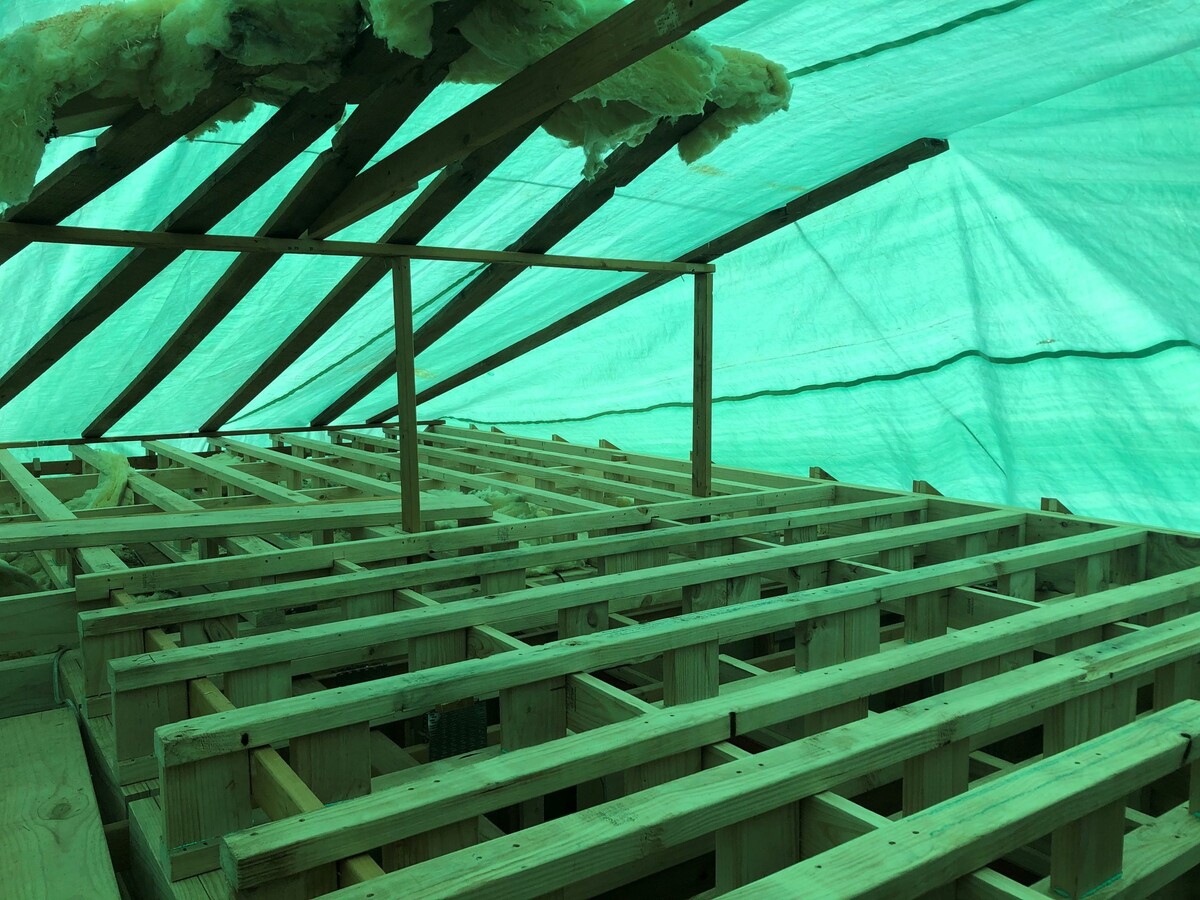
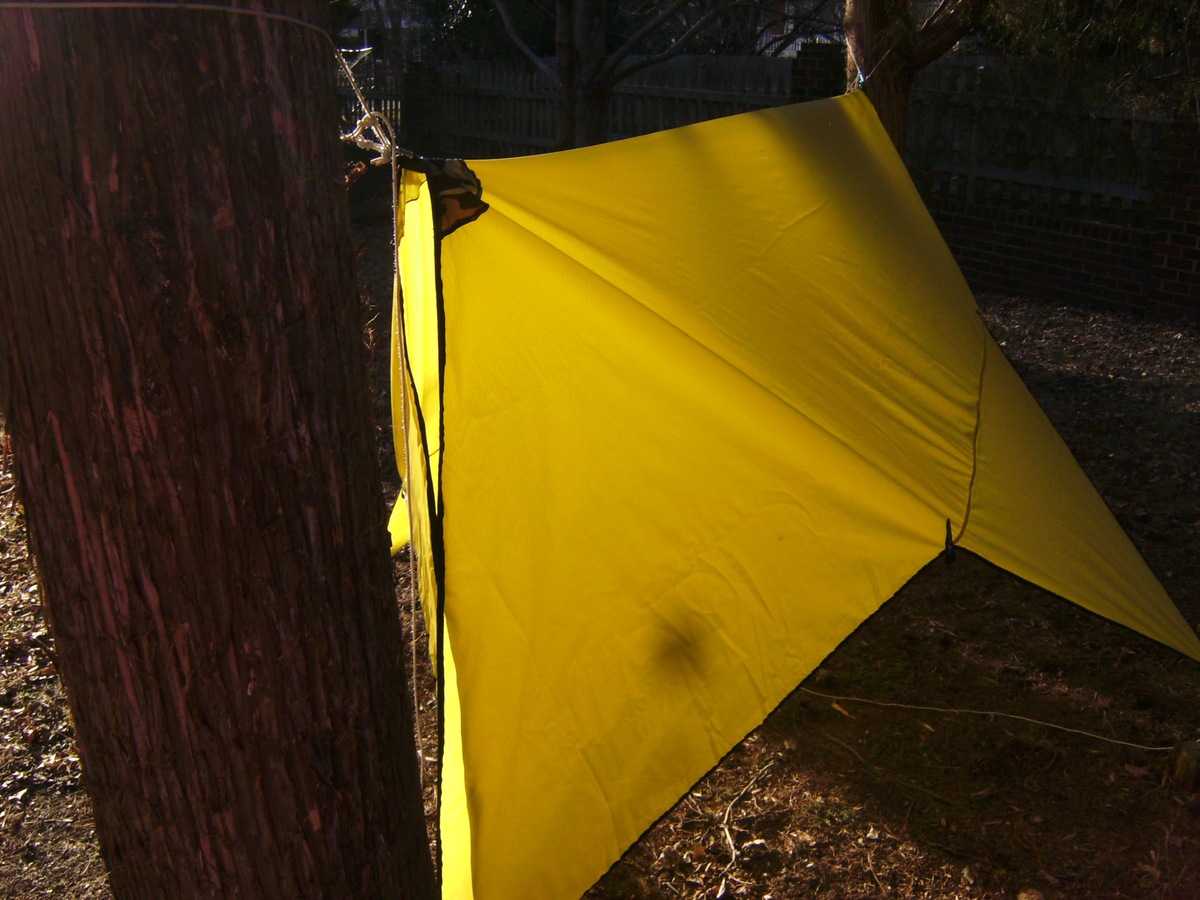

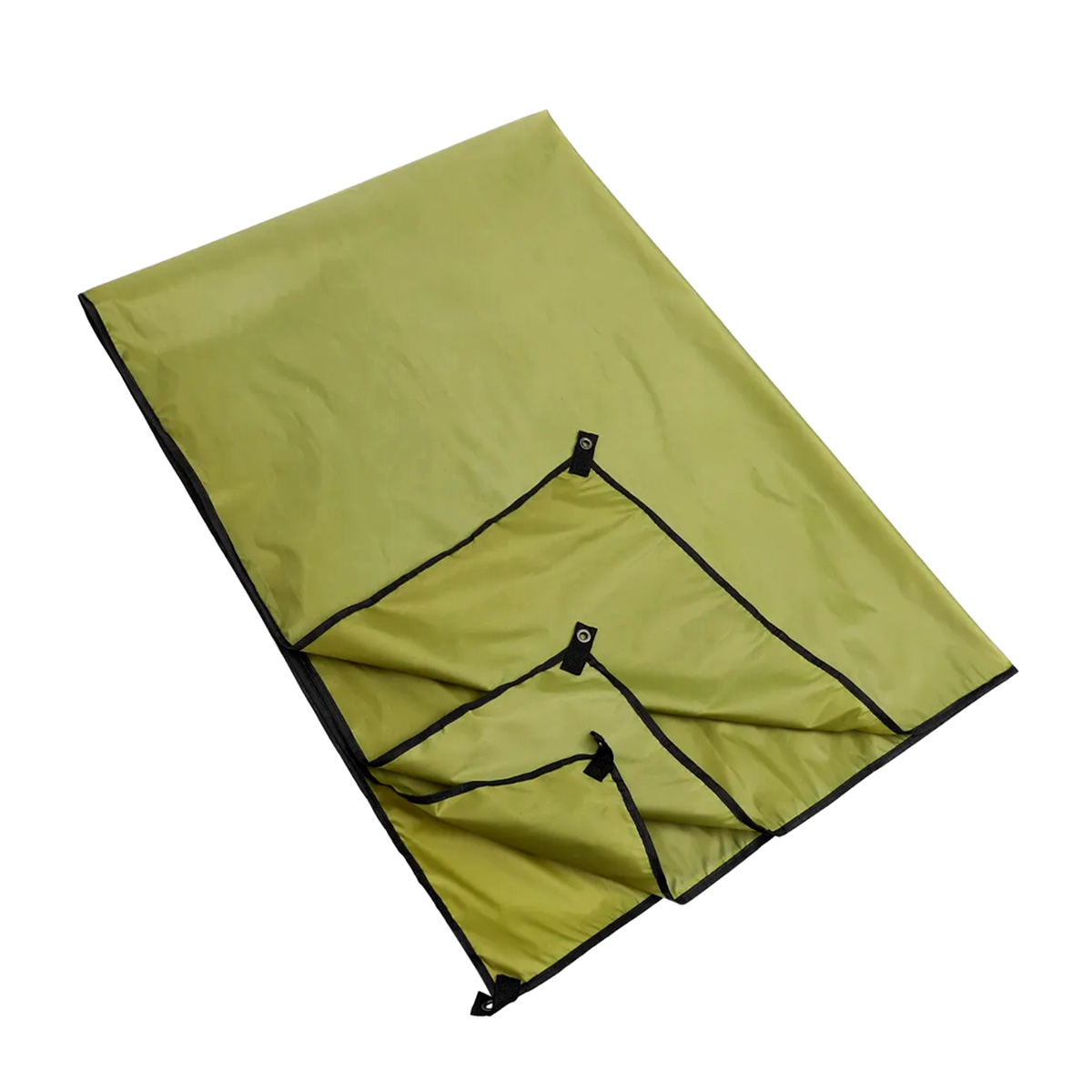








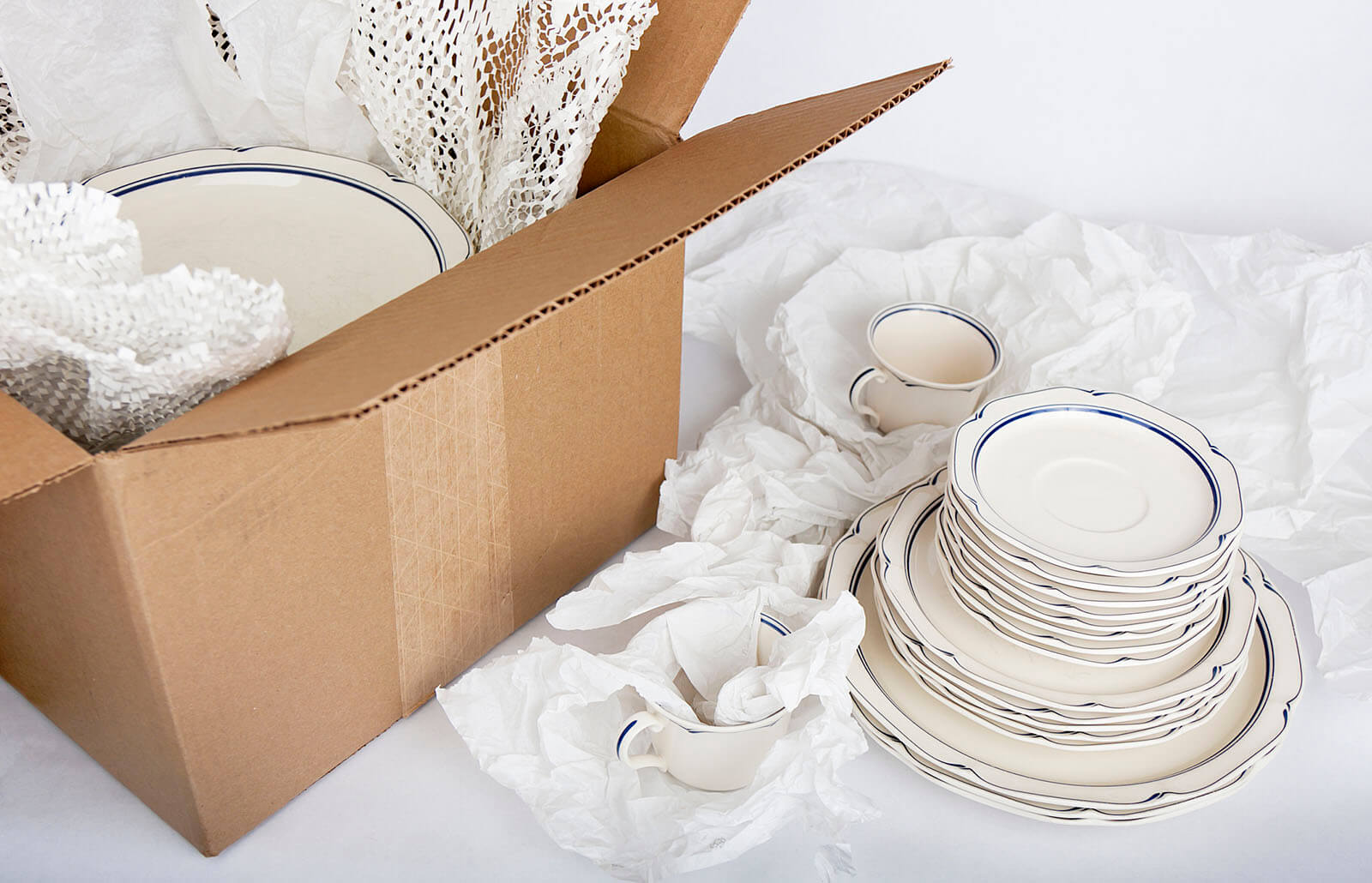


0 thoughts on “How To Store Tarps”